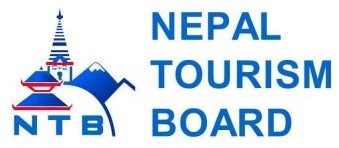Trekking in Nepal: A Complete Guide to Exploring the Himalaya

20th Nov, 2024
- teamramadventure
Nestled in the heart of South Asia, Nepal is a land of stunning natural beauty, rich culture, and unparalleled trekking opportunities. Home to the majestic Himalayas, including Mount Everest, the highest peak in the world, Nepal attracts adventurers and nature lovers from every corner of the globe. Trekking in Nepal offers a unique opportunity to immerse yourself in breathtaking landscapes, ancient traditions, and the warm hospitality of the Nepalese people.
Table of Contents
If you are planning your next adventure, this comprehensive guide will help you explore the best trekking trails, prepare for the journey, and make the most of your Himalayan experience.
Why Choose Nepal for Trekking?
Nepal stands out as a trekking destination due to its diverse landscapes and unparalleled mountain views. The country boasts 8 of the 14 peaks above 8,000 meters, including Mount Everest, Annapurna, and Kanchenjunga. Beyond the towering mountains, you’ll encounter lush forests, serene valleys, pristine rivers, and glacial lakes.
Nepal also offers a range of trekking routes, from easy family-friendly trails to challenging expeditions for seasoned trekkers. The added cultural richness — Buddhist monasteries, Hindu temples, and traditional villages — makes trekking in Nepal more than just a physical challenge; it’s a deeply enriching experience.
Best Trekking Routes in Nepal
1. Everest Base Camp Trek
- Duration: 12–14 days
- Difficulty: Moderate to challenging
- Best Time: March-May and September-November
The Everest Base Camp (EBC) trek is one of the most iconic trekking adventures in the world. Starting from Lukla, this trail takes you through the Khumbu region, home to the legendary Sherpa community. Highlights include the bustling village of Namche Bazaar, stunning views of Everest, Lhotse, and Nuptse, and the thrilling Kala Patthar viewpoint.
2. Annapurna Circuit Trek
- Duration: 15–20 days
- Difficulty: Moderate to challenging
- Best Time: March-May and September-November
Known for its diverse landscapes, the Annapurna Circuit is a journey through tropical jungles, high-altitude deserts, and lush forests. The trek crosses the Thorong La Pass (5,416m), one of the highest trekking passes in the world. You’ll also visit Muktinath, a sacred site for both Hindus and Buddhists.
3. Langtang Valley Trek
- Duration: 7–10 days
- Difficulty: Moderate
- Best Time: March-May and September-November
The Langtang Valley Trek is perfect for those looking for a shorter and less crowded adventure. The trail offers stunning views of Langtang Lirung, beautiful rhododendron forests, and the chance to explore the Langtang National Park.
4. Manaslu Circuit Trek
- Duration: 14–18 days
- Difficulty: Challenging
- Best Time: March-May and September-November
This off-the-beaten-path trek circles Mount Manaslu, the eighth-highest mountain in the world. It’s a remote and rugged journey that offers solitude and the chance to experience Nepal’s unspoiled natural beauty. The trail crosses the Larkya La Pass (5,135m) and offers breathtaking panoramic views.
Best Time to Trek in Nepal
Nepal has two main trekking seasons:
-
Spring (March to May):
The weather is mild, with clear skies and blooming rhododendrons adding color to the trails. It’s an excellent time for both high-altitude treks and easier routes. -
Autumn (September to November):
This is the most popular trekking season in Nepal. The weather is stable, offering crisp views of the mountains and pleasant daytime temperatures.
While winter and summer (monsoon) treks are possible, they are less popular due to harsh conditions in winter and slippery trails during the monsoon.
Permits and Regulations
To trek in Nepal, you’ll need specific permits:
- TIMS Card (Trekkers’ Information Management System): Required for most trekking routes.
- National Park Entry Permits: For areas like the Annapurna Conservation Area and Sagarmatha National Park.
- Special Permits: For restricted areas like Upper Mustang or Manaslu.
These permits can be obtained through trekking agencies or at offices in Kathmandu or Pokhara.
What to Pack for Trekking in Nepal?
Packing appropriately is crucial for a successful trek. Here’s a basic list:
Essentials:
- Sturdy trekking boots
- Lightweight and warm clothing layers
- Sleeping bag (rated for sub-zero temperatures)
- Trekking poles
- Water purification tablets or a portable filter
Additional Items:
- Sunscreen and sunglasses
- First aid kit
- Energy snacks
- Waterproof jacket and backpack cover
Trekking Tips for Beginners
- Train Before Your Trek: Build your stamina through regular hiking and cardio exercises.
- Acclimatize Properly: Take rest days to adjust to higher altitudes and avoid acute mountain sickness (AMS).
- Stay Hydrated: Drink plenty of water to combat dehydration.
- Hire a Guide or Porter: They enhance safety, provide cultural insights, and lighten your load.
Cultural Etiquette
Respect local customs and traditions while trekking:
- Greet locals with “Namaste.”
- Always seek permission before photographing people.
- Dress modestly, especially near temples or monasteries.
Conclusion
Trekking in Nepal is more than just an adventure; it’s a journey of discovery, offering a blend of natural beauty and cultural richness. Whether you’re scaling the heights of Everest Base Camp or walking through the serene Langtang Valley, every step in Nepal is a memory in the making.
Start planning your trek today and experience the magic of Nepal’s Himalayas! for more details visit https://www.teamramadventure.com/


 Plan Your Trip Now
Plan Your Trip Now 










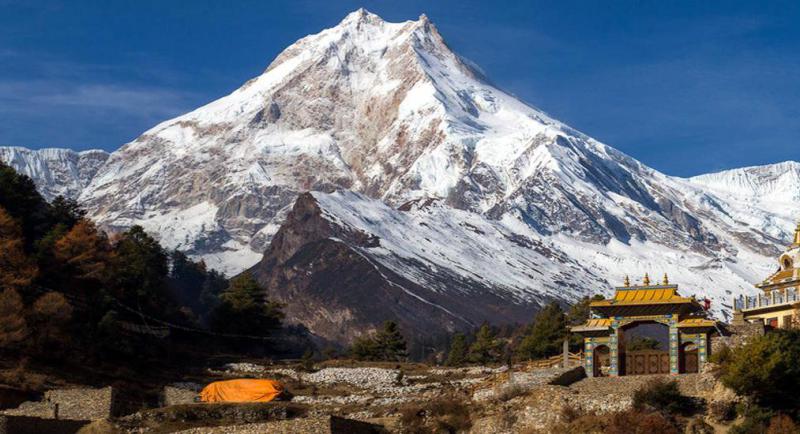

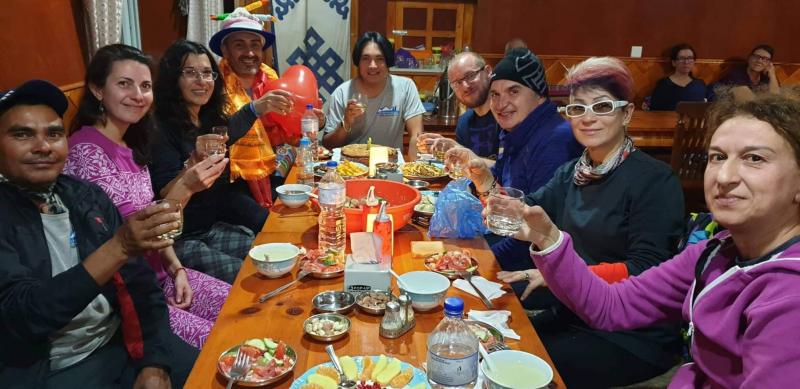









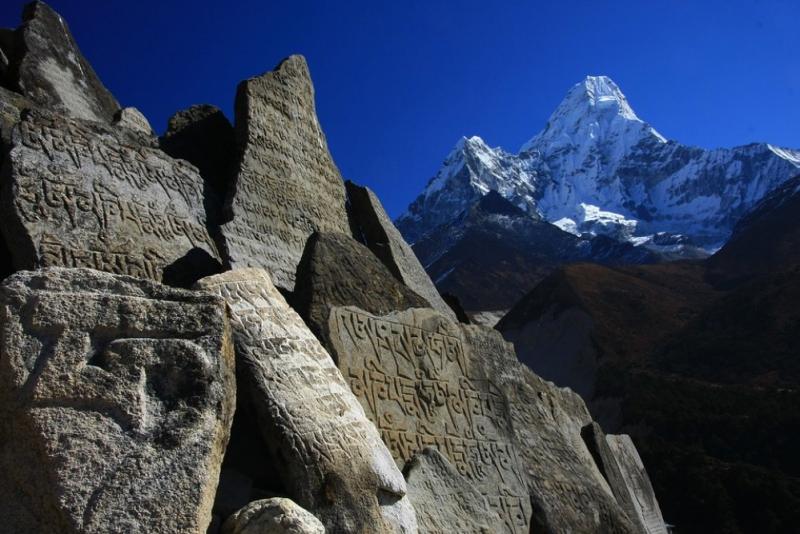






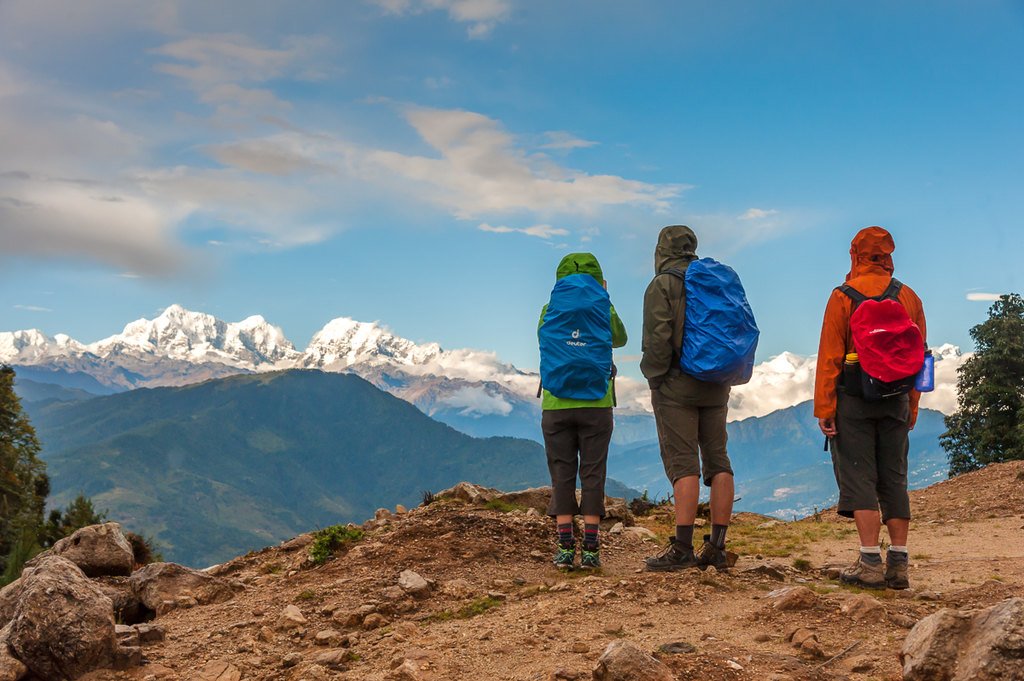
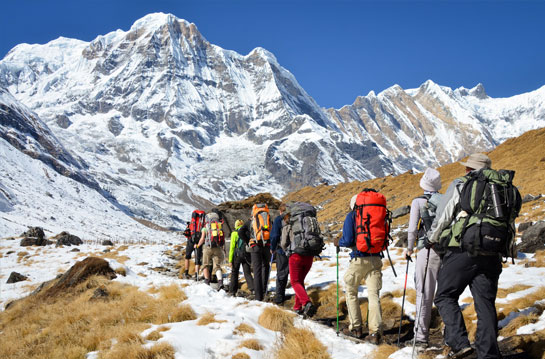
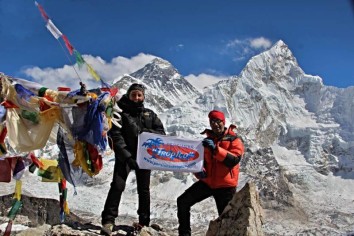






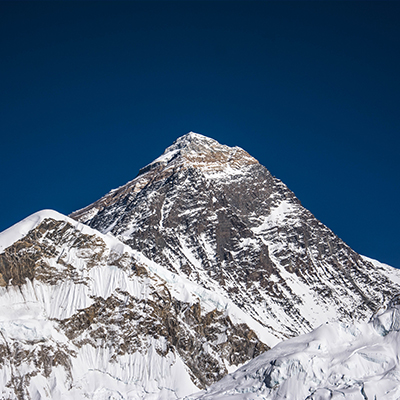


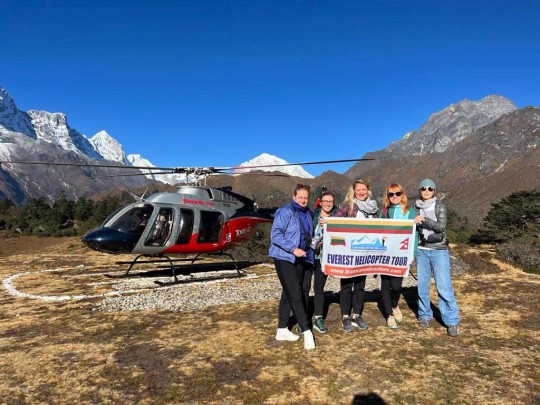



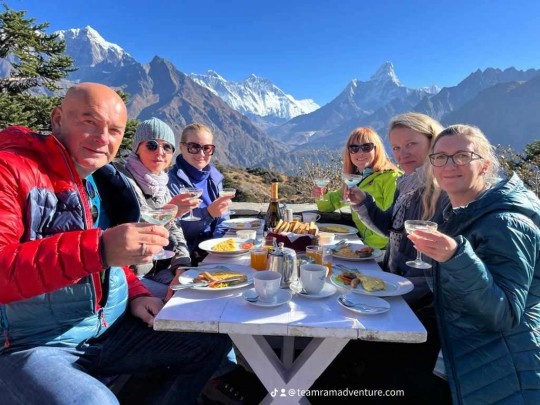







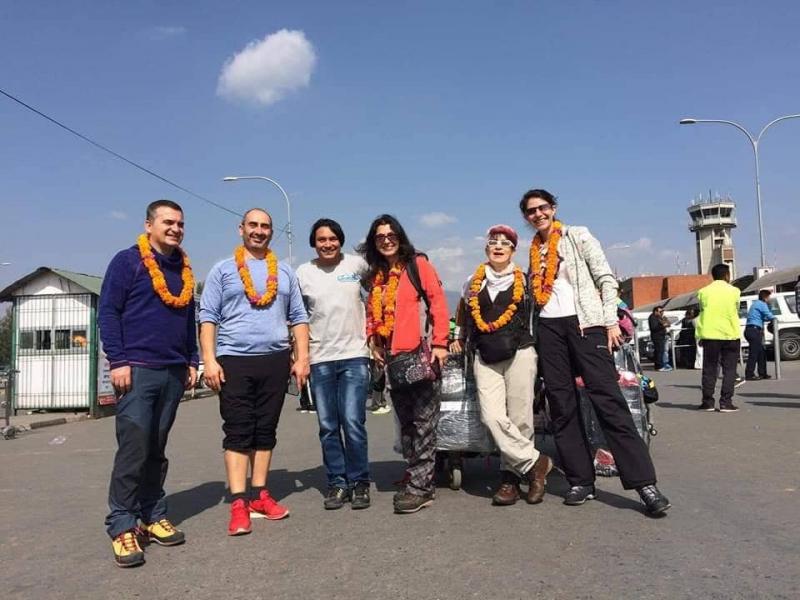












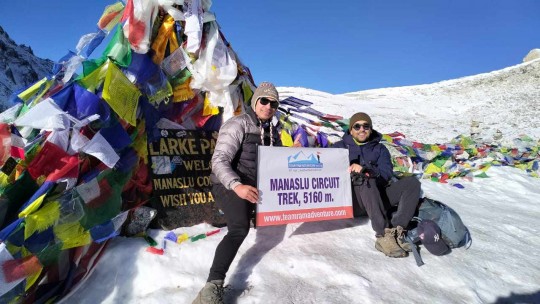
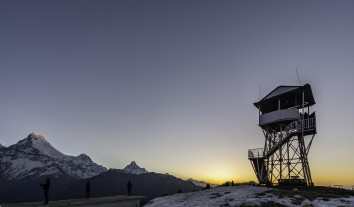
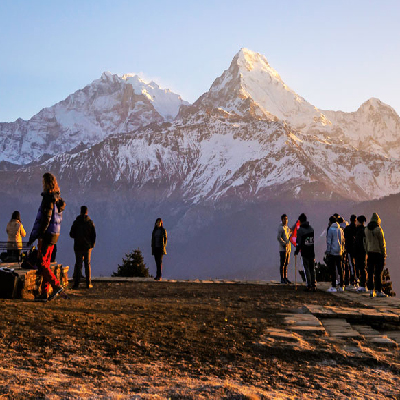










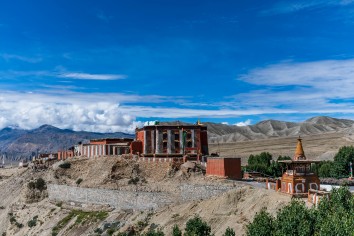


.jpg)







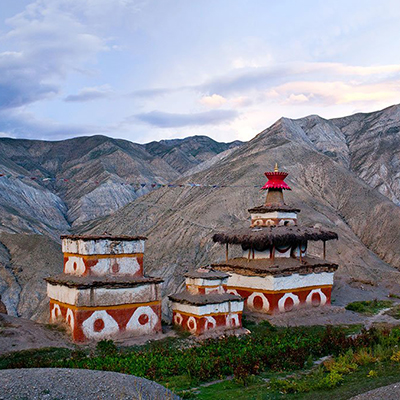
.jpg)


.jpg)

